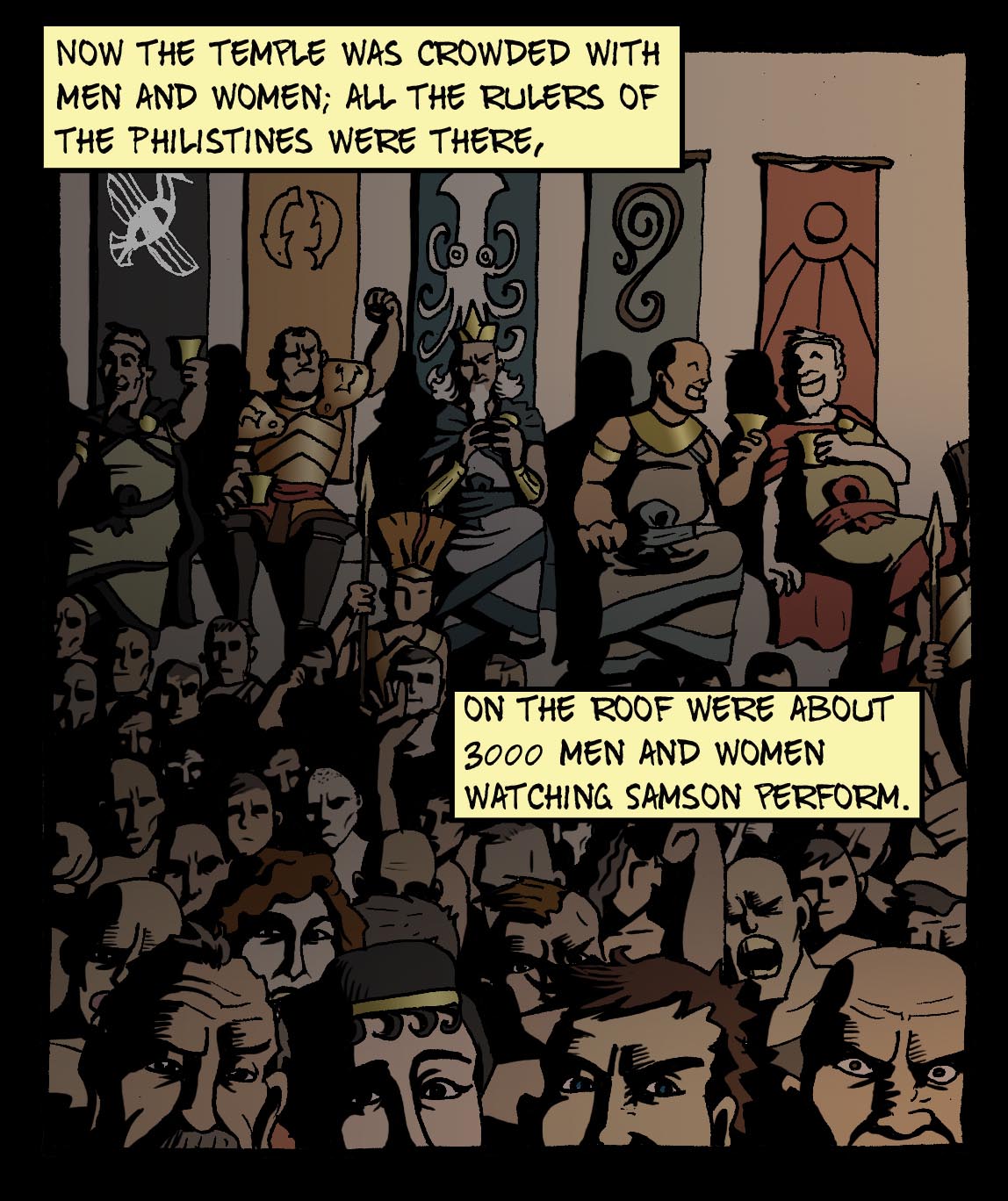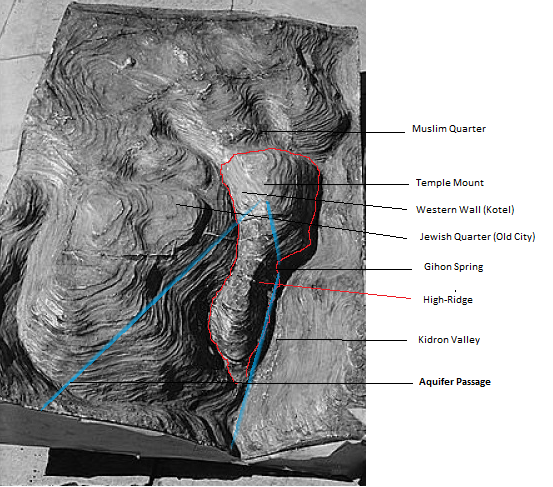Have your Say: From the sky the stars fought
I am currently completing the final copies of the pages of Judges 4 and 5, the story of Deborah and Barak's battle against Sisera. In the song of Deborah she and Barak describe what happened in the battle in poetic language.
One verse stands out, it is intriguing and not entirely clear what is meant :
“From the heavens the stars fought,
from their courses they fought against Sisera.” Judges 5:20 (NIV)
(See the verse in context and with parallel translations here)
Commentator and scholars are divided over the interpretation of this verse, but it basically breaks down into two camps: those that think this means angels fought in the battle against Sisera's army and those that believe it means something else.
The reason commentators are divided is because angels are referred to as stars in other parts of the Bible (Daniel 8:10, Jude 1:13, Revelation 1:20, Job 38:7). So it is a possibility; but it's not mentioned in any other way in these two chapters and so other commentators feel it should be interpreted as natural stars or as lightning, or as other natural phenomena. Also, angels do fight or at least muster in battles in other parts of the Bible (Isaiah 37:36, Revelation 12:7, 2 Kings 6:14-17, Matt 26:53).
You can see a range of commentaries here (and links across the top of this page to even more commentaries)
Also I would not be the first to depict the battle this way here is one example...
The Defeat of Sisera : Luca Giordan 1692
So the question is whether I should draw in the angels on my comic.
If I do draw in the angels...
If I do draw them in I will have categorically sided with the “angels interpretation”, it is a view consistent with the rest or the Bible but as it is uncertain perhaps it should be left ambiguous. On the other hand this is a comic and the more exciting it is for the readers the better (especially those just dipping their toe into the Bible with the comic). Having the angels there looks cool (as you'll see below) but it make the comic a little bit more interpretational.
It should be noted that the image below is the only image in which the angels would appear, there are not lines and lines of angels fighting men, just this one image where, as the lightning strikes, we (the reader) glimpse them there. The cyan colour and the fact they are mostly transparent also communicates (within the comic's language) that they are not seen by the humans only by the comic reader, exactly like in the verse mentioned above (2 Kings 6:17).
If I do not draw in the angels...
If I do not draw them I am gently siding with the “naturalistic interpretation” but not exclusively as the angels could still be there but just invisible. This way of doing things is more in line with the normal way I treat the text when creating the comic. The general rule I have is...
If it's clear = draw it that way
If it's ambiguous but another part of the Bible clarifies it = make it clear
If it's ambiguous but all the trustworthy commentator agree = make it strongly implied
If it's ambiguous and commentator have differing interpretations = make it as ambiguous as the text.
By that rationale it should not be explicitly drawn, but is that the best way?
So what should I do?
Look at the pictures compared below and give me your opinion on what you think a word-for-word bible comic should do, play it safe or have cool angels?
Battle without visible angels
Battle with visible angels
Please sign up for our monthly newsletter : http://eepurl.com/bzpR9f
Please leave your comments here or on the Social media page you found it on. Thanks























